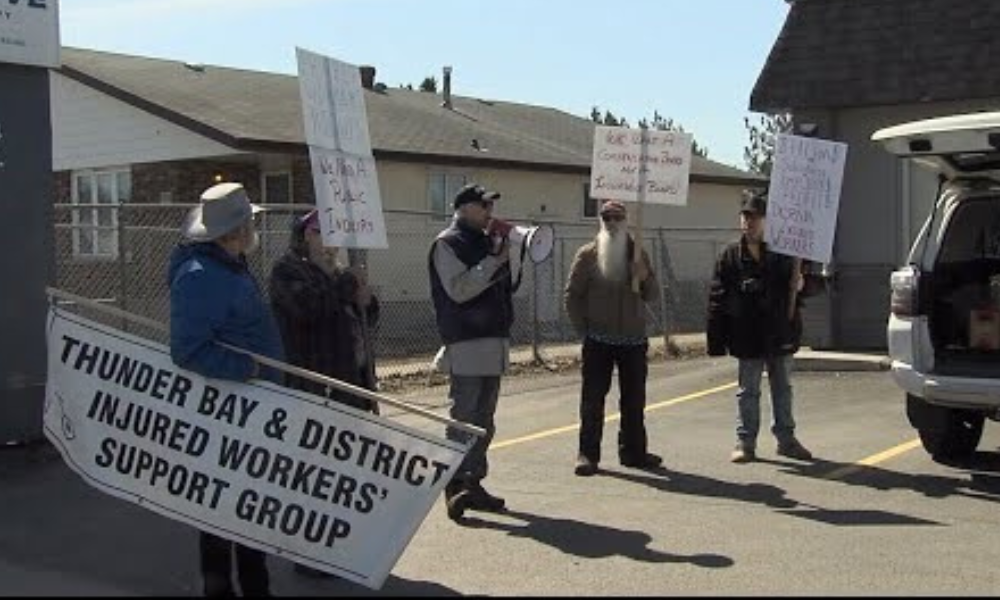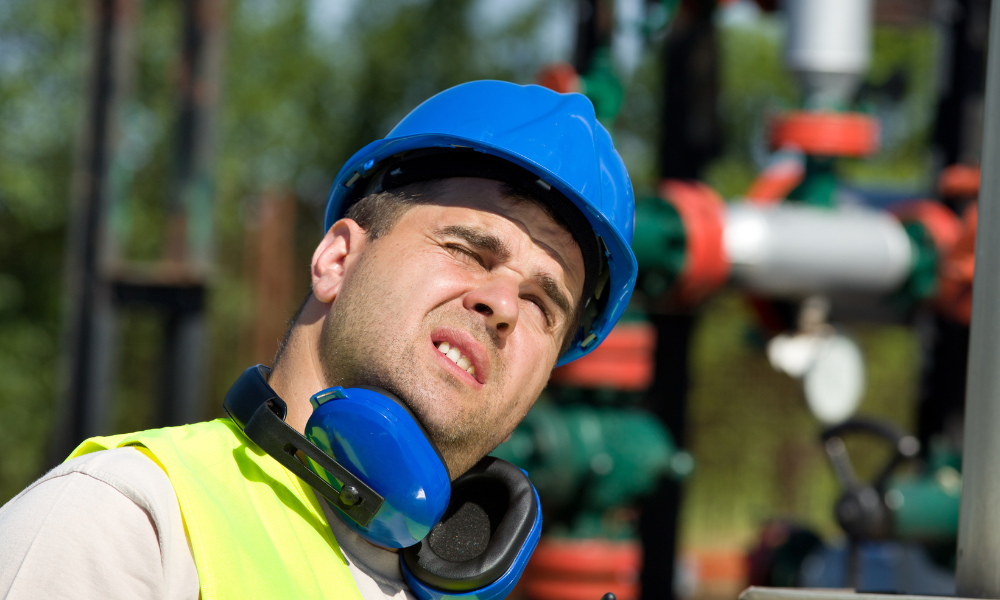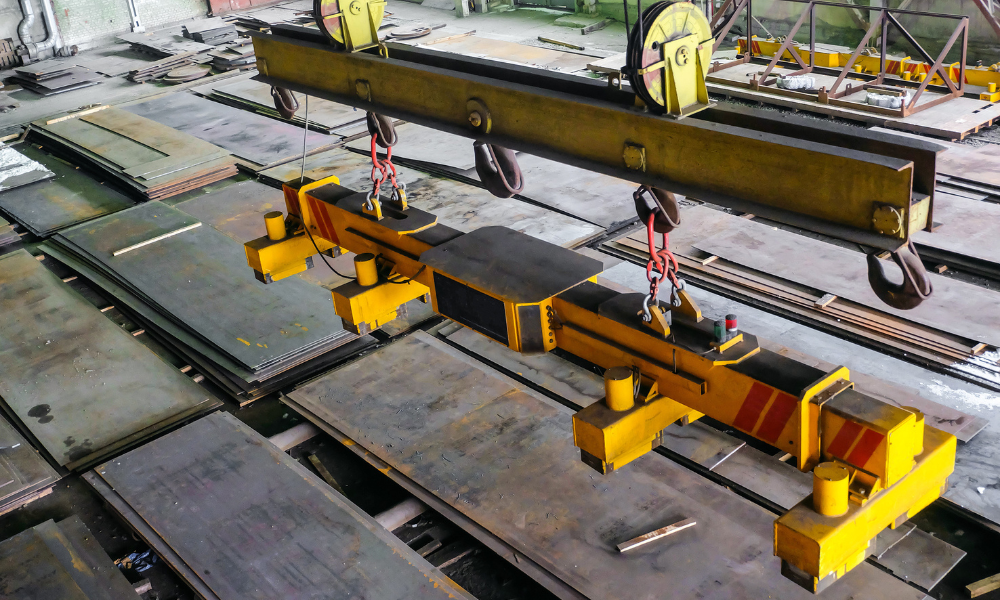Spike in fall injuries in 2024 prompts warning from regulator

WorkSafeBC is intensifying efforts to prevent falls from heights on construction sites across the province as outdoor activity ramps up this spring. The organization urges employers to take immediate, proactive measures following a sharp increase in injuries linked to falls from elevation.
In 2024 alone, over 1,000 construction workers suffered injuries from falls. From 2020 to 2024, the sector recorded more than 5,400 injury claims, including nearly 1,900 serious injuries and 35 fatalities related to elevation incidents.
“Falls from elevation can happen from a roof or scaffold to a ladder or truck bed — often due to inadequate protection, not following safe-work procedures, or hazardous conditions,” says Barry Nakahara, director of prevention field services at WorkSafeBC. “But these incidents are largely preventable with proper planning, supervision, training, and consistent use of fall protection.”
Penalties reflect financial impact
WorkSafeBC highlights that the consequences of fall incidents extend beyond human cost. In 2024, the agency issued 152 administrative penalties for failures in fall protection, totaling $1.07 million in fines. These penalties underscore the regulatory body's commitment to holding employers accountable for maintaining safe worksites.
Under WorkSafeBC’s Occupational Health and Safety Regulation, employers must implement fall-protection systems when workers are exposed to risks of falling three metres or more, or at any height where a fall could result in injury.
Unannounced inspections target fall hazards
To tackle the issue, WorkSafeBC is conducting proactive, unannounced inspections at construction sites throughout British Columbia. These inspections focus on ensuring fall protection systems are in place and that employers effectively manage site-specific risks.
Employer responsibilities and available resources
WorkSafeBC reminds employers that they are legally responsible for identifying and assessing hazards, implementing proper controls, and ensuring workers receive adequate training and supervision.
“Employers must embed fall protection into every aspect of job planning — it’s not optional; it’s essential,” says Nakahara. “With the right systems in place, these incidents are entirely preventable.”
WorkSafeBC provides an array of resources to help employers create tailored fall protection plans, including guides, checklists, and regulatory support tools available on their website.




